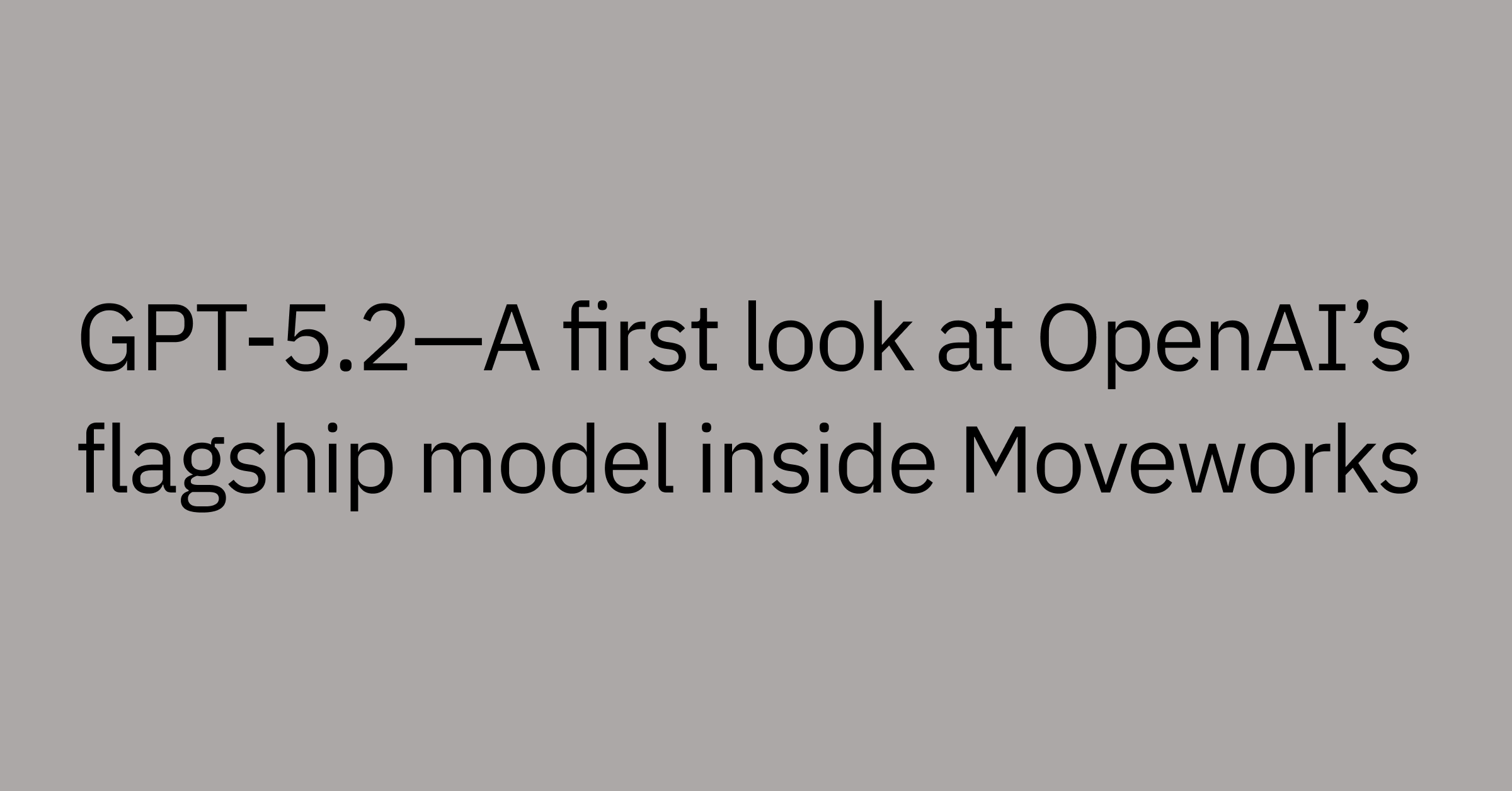Table of contents
We’ve all been frustrated by chatbots. Instead of quick answers, bots with pre-programmed lists of questions to ask and solutions to offer boldly lead us to irrelevant and convoluted answers. Once the conversation starts, we're often stuck with over-confident and frequently incorrect responses and hardcoded dead ends.
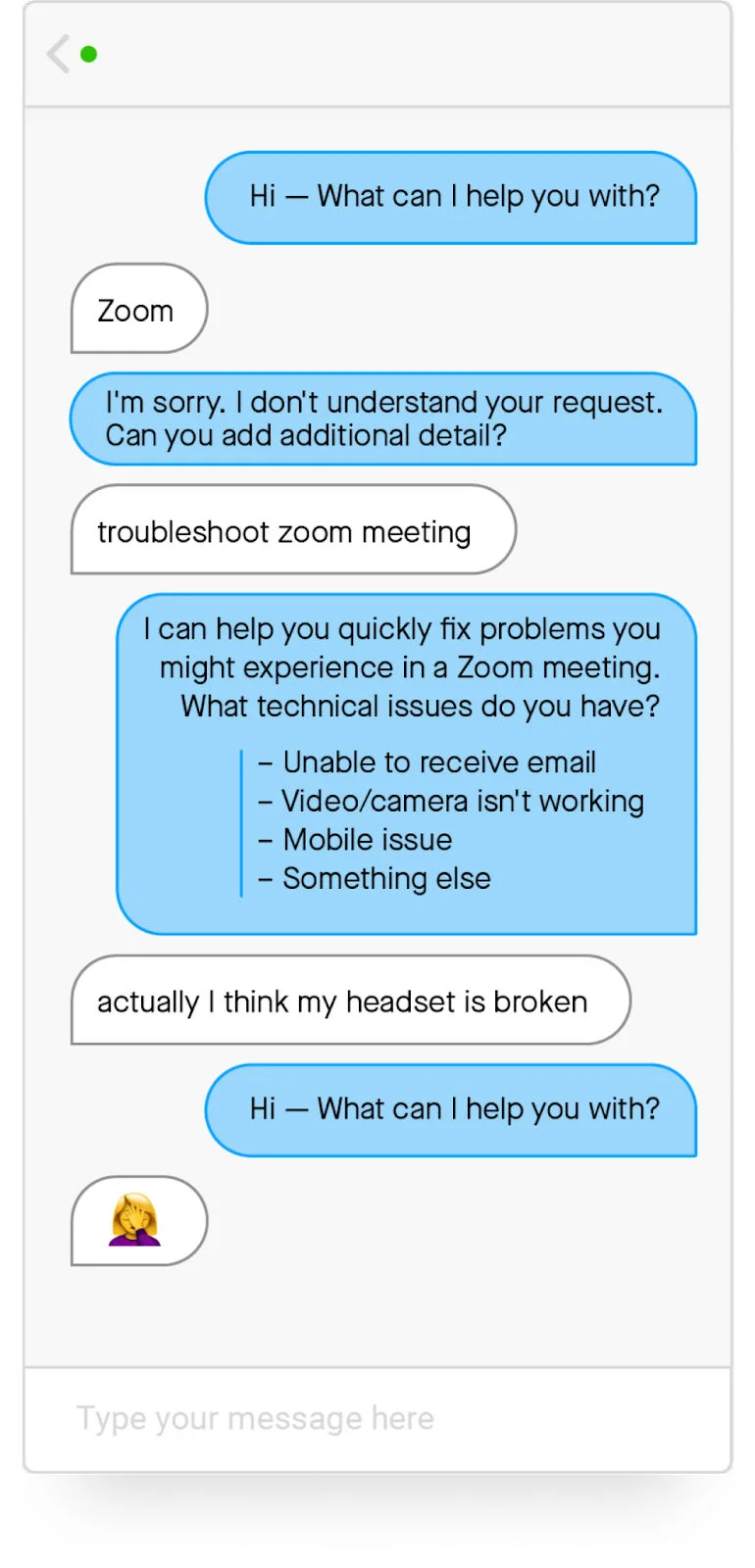 Figure 1: Many chatbots are easily confused when users are vague or jump in and out of the manually scripted dialog flow.
Figure 1: Many chatbots are easily confused when users are vague or jump in and out of the manually scripted dialog flow.
That’s just not how conversation works.
It’s impossible to guess where conversations are going next. They take unexpected turns and circle back to previous discussions. For a chatbot to function in a real-life environment — an environment in constant flux — it needs to be flexible and think on its feet because figuring out what an employee needs can be a puzzle.
Here at Moveworks, we’ve studied what it takes to have a natural conversation with a chatbot. The result of that effort is Dynamic Flow™, a conversational AI system that doesn’t follow a script. Instead, using advanced AI and machine learning, Dynamic Flow:
- Gets to the right answer as quickly as possible
- Naturally switches between conversation topics
- Surfaces a tailored response to each employee query
We’ve written at length on our approach to these first two components. And today, we’re excited to announce Adaptive Response — a fundamental advancement to our existing techniques — which tackles this third challenge.
 Figure 2: Conversations can go in an infinite number of directions. Chatbots need to be flexible enough to keep up in the face of uncertainty.
Figure 2: Conversations can go in an infinite number of directions. Chatbots need to be flexible enough to keep up in the face of uncertainty.
What is Adaptive Response?
Adaptive Response levels up our already powerful conversational AI, generating a tailored response for every single employee request. By considering multiple relevant answers, a Moveworks bot confidently always has the right answer — or answers — to even the most unclear employee requests.
Sometimes the bot is confident that a single answer will solve a problem completely and with 100% certainty. But frequently, questions have complex answers where more than one answer is helpful and relevant to the user. With Adaptive Response, we can surface the right information after a single user exchange, without dragging them down a pre-scripted rabbit hole.
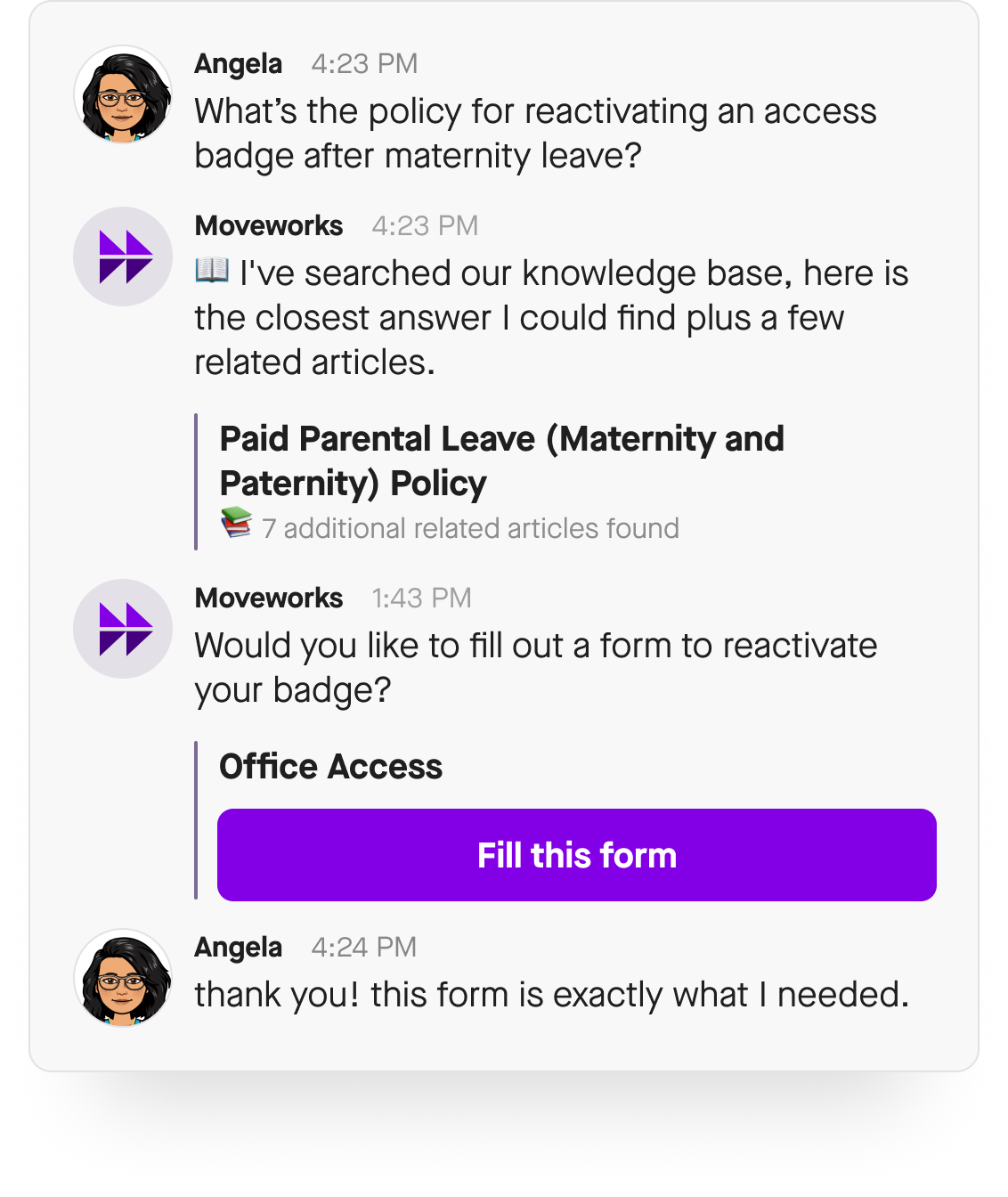 Figure 3: Many questions have more than a single relevant answer.
Figure 3: Many questions have more than a single relevant answer.
To look at this challenge in context, Angela would have to play 20 Questions with a chatbot to get an answer to her question in Figure 3. She’d have to go back and forth, following a strict dialog flow. But with Adaptive Response, she skips that whole exchange. Based on context and past feedback, the bot infers that there are multiple correct solutions and surfaces both options.
Angela is ultimately happier with this experience because she’s the one driving the conversation forward. With Adaptive Response, she gets the information she needs in the form of a knowledge base article and she is directed to next steps. The bot isn’t trapping her in a volley of questions; it’s curating her conversation in real time.
And here’s the best part — whether Angela chooses the first option or the second option, the bot uses her decision to inform future responses. With every bit of user feedback, the bot will be able to handle greater complexity, adapting to changing user preferences over time.
These feedback loops become especially important because there’s an ever-increasing number of ways to resolve a question. From IT and HR to finance and facilities, every employee support team dedicates a monumental amount of energy to building out vast databases of forms and knowledge articles. Moveworks makes it so employees can ask just about anything and expect an accurate response.
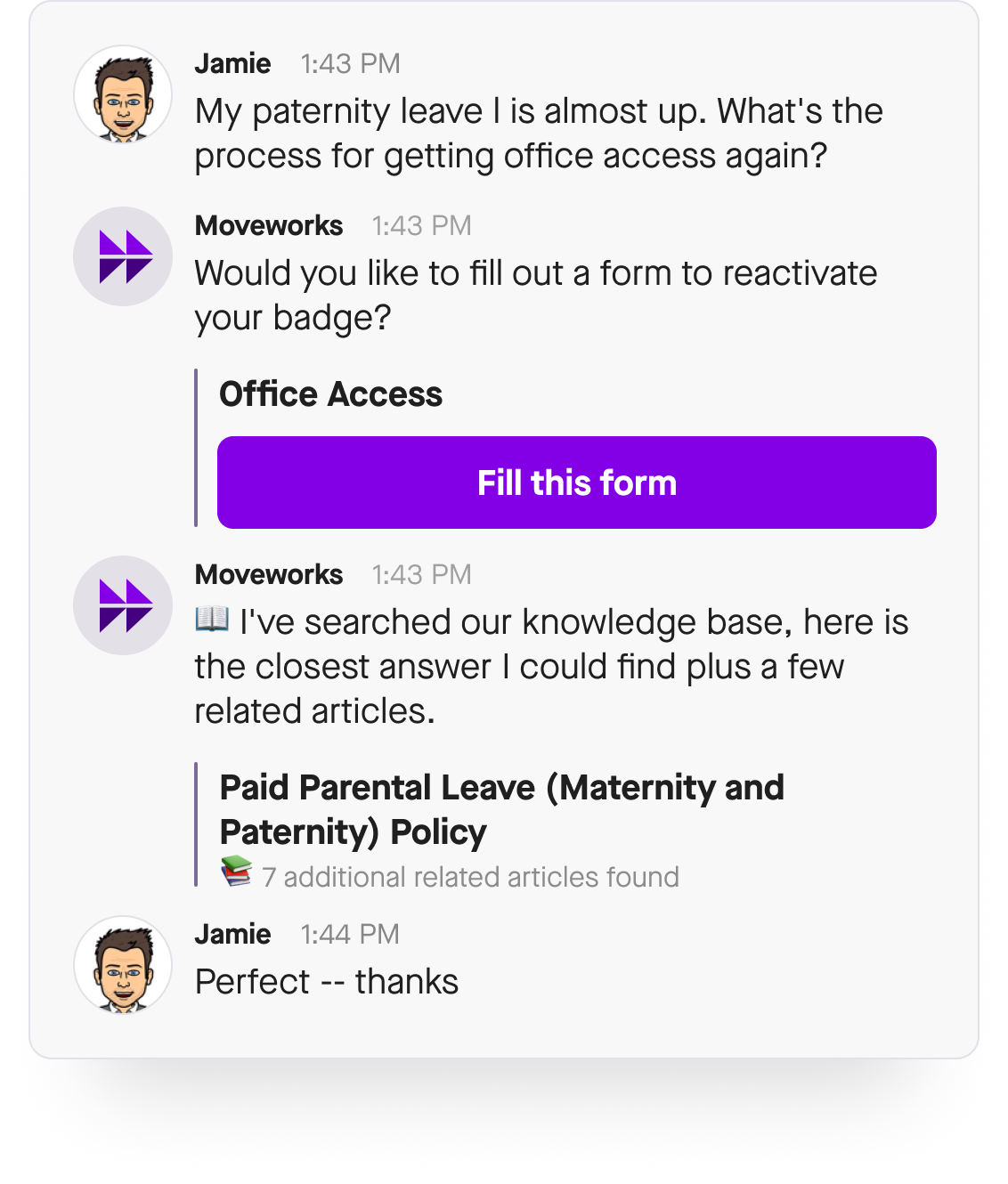 Figure 4: Adaptive Response leverages user feedback to keep up with complex and changing environments.
Figure 4: Adaptive Response leverages user feedback to keep up with complex and changing environments.
Since all it takes is a single overconfident and incorrect answer from a bot for an employee to tune it out completely — it’s incredibly important for us to offer up the right response every time, even in the face of uncertainty.
With Adaptive Response, it doesn’t matter how vague a question or how multifaceted the answer. By offering up a spectrum of the most relevant solutions based on context and previous user feedback, the user has the freedom to make their own decisions. Moveworks gets people the information they need to get work done as soon as they ask.
The tech behind fluidly conversational AI
If you were to walk up to a service desk agent and just say “Zoom,” the agent would probably have no idea what you’re talking about. And yet, this is how people use bots all the time. Employees will type in a single word or a random bunch of fragmented phrases. Or they’ll ask multiple questions in the same sentence.
A Moveworks chatbot can resolve just about any question an employee sends its way. It can provision software, pass along policy updates, take action on existing tickets, update permissions, request or troubleshoot hardware, look up people or places, surface knowledge base articles… The list goes on. The challenge is knowing — from all these options — what will best resolve an issue.
To find out how Adaptive Response sifts through all these possible solutions, we had to work backward. Since our goal is to give employees the best support experience, getting them what they need in as few conversational turns as possible is key. We want to make it so easy for users to get help that they never have to bother a busy support team with questions.
That's why we focused on building something that could deal with vague or complex questions and give the best possible solution right away.
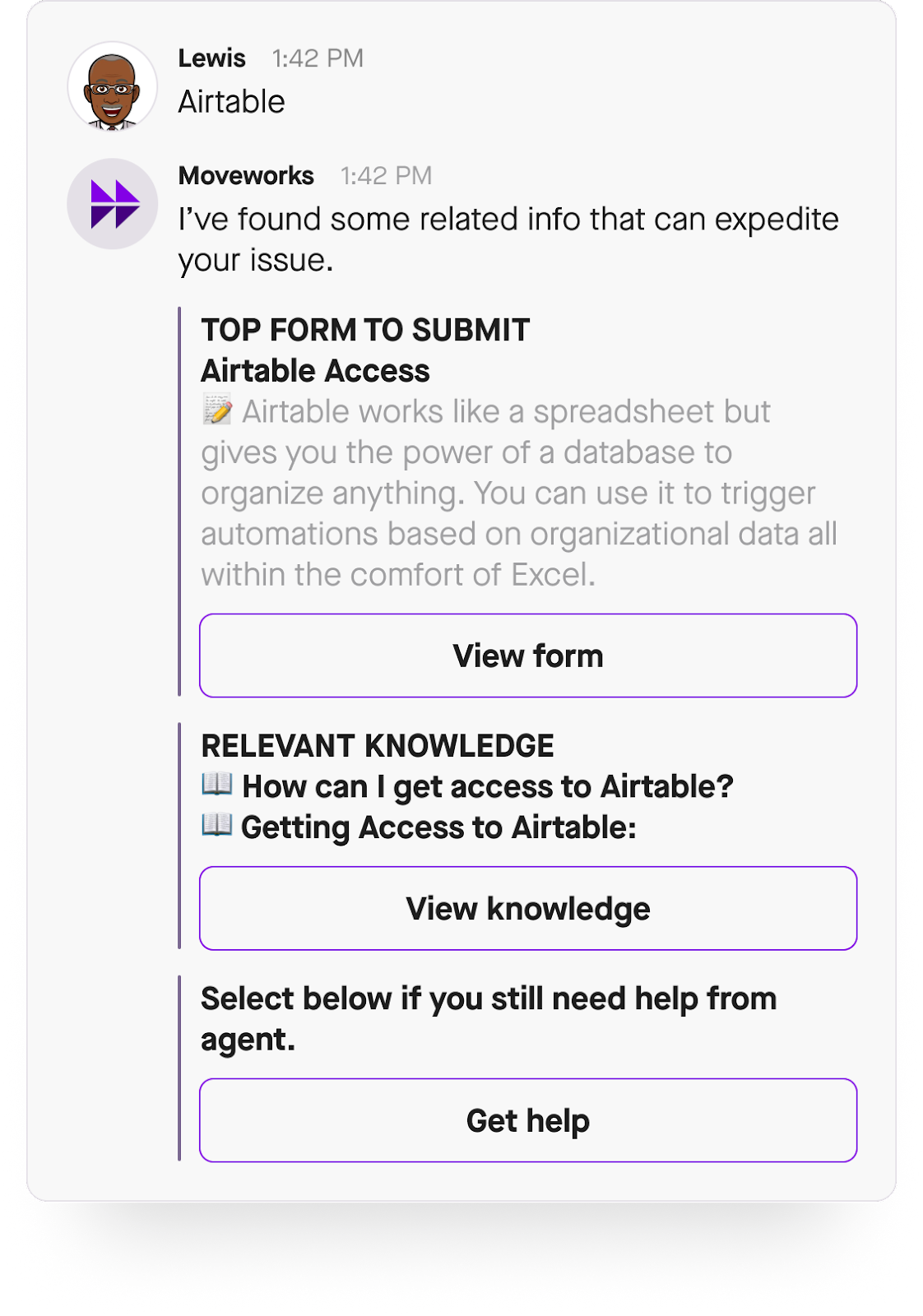 Figure 5: Answering even the most ambiguous, one-word questions is possible with Adaptive Response.
Figure 5: Answering even the most ambiguous, one-word questions is possible with Adaptive Response.
To address both of these challenges, we created a sophisticated approach powered by machine learning.
First, the bot deeply analyzes the user’s question to understand exactly what they are asking for. With that understanding of the user’s intent, the bot reviews at every possible response in an instant, weeding out answers that it’s confident are irrelevant or not of use. Then, the bot explores all the remaining potential solutions, applying advanced models to determine which are the most relevant to the user given the available context. Finally, the bot decides how to best resolve the situation, offering up a made-to-order solution. Sometimes that solution is a single answer, and sometimes it’s a map paired with a policy update.
The result of all this backend effort is that instead of sending Lewis down a series of separate dialog flows, the bot identifies the best option — or options — from the available spectrum of resources, optimizing it to his specific context. Lewis gets what he needs with negligible effort. All he had to do was type “Airtable.”
With a conversational system that can fluidly respond to the user not through rules but probabilistically and in context, even the most complex or ambiguous question takes seconds to answer.
The key to conversation is constant improvement
When you set out on a long trip, there are many unknowns. Even if you have a map of everything along the way — roads, hotels, roadside attractions — conditions change daily, and that means your static map becomes less efficient over time.
What you need instead is a map that’s always improving, a map with algorithms that check and recheck conditions, alerting you to traffic and other hold-ups. This kind of map helps you choose your route wisely and avoid any backtracking or delays.
A fixed approach to conversation is going to stagnate in the same way as a paper map. As Moveworks moves to support new enterprise environments, new employee experience departments, new regions, new industries, and even new languages, we must be hyper-aware of our ability to get employees the information they need regardless of uncertain conditions.
That’s why we built Adaptive Response. A fully informed, flexible bot will make the best decisions in every single user interaction. Feedback loops constantly tune our models, so the most relevant information is pushed to the top of the list. Every employee response — negative or positive — is helpful, opening the door to future improvements.
To deliver the best experience to each employee, you need a bot that’s flexible and gets better over time, instead of one that gets progressively worse. And with Adaptive Response, that’s what you get. A chatbot that’s smart enough to never get in the way of your conversation.
See what Moveworks can do for you. Request a demo.

